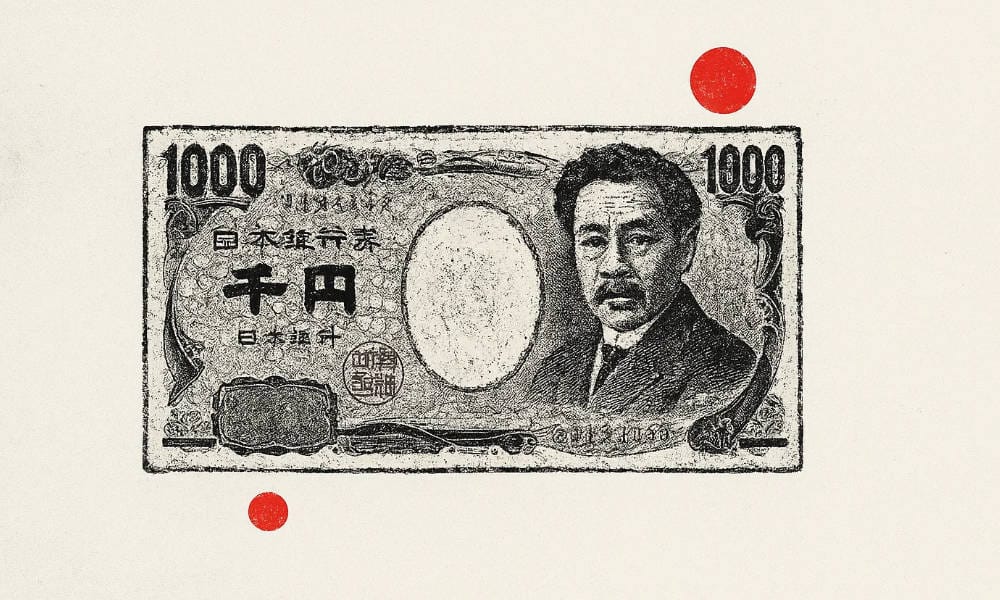What Are the Best Forex Pairs in Trading?
The most popular forex pairs dominate global trading, led by EUR/USD, USD/JPY, and GBP/USD.

The foreign exchange market is a battleground of currencies, where nations flex their economic muscles and traders seek to capitalise on price movements.
At the heart of it all lie the major currency pairs, the heavyweight contenders that command the lion’s share of global forex trading. These pairs all have one thing in common, they include the United States Dollar (USD), the world’s dominant reserve currency.
But not all currency pairs are the same. Some are more liquid than others, meaning they are traded in higher volumes and typically have tighter spreads. Let’s take a closer look at the key players in the forex market, breaking them down into two main categories, majors and commodity majors.
The Majors
Major forex pairs are the most actively traded and most liquid in the market. These pairs involve the world’s largest economies and are favoured by traders for their stability, deep liquidity, and relatively lower volatility compared to exotic or minor pairs.
EUR/USD – The King of Forex
The Euro/US Dollar (EUR/USD) is the most traded currency pair in the world, moving billions daily between banks, corporations, and traders. Why? Because it represents two economic giants—the European Union and the United States. Traders are drawn to this pair for its liquidity and tight spreads.
USD/JPY – The Stability Magnet
The US Dollar/Japanese Yen (USD/JPY) is where traders turn when they want a mix of liquidity and relative stability. The Japanese Yen is famous as a safe-haven currency, meaning investors pile into it when markets get nervous. The Bank of Japan’s extreme low interest rates make this pair popular for carry trades, and when global uncertainty strikes, USD/JPY is usually one of the first to react.
GBP/USD – The Wildcard
Nicknamed ‘Cable’ (a throwback to the transatlantic telegraph cable that once connected London and New York), the Great British Pound/US Dollar (GBP/USD) is one of the most unpredictable major pairs. Unlike the Euro, the Pound Sterling doesn’t have the backing of a huge economic bloc, making it more volatile. Political drama? Economic surprises? Bank of England policy shifts? Expect GBP/USD to swing hard and fast.
USD/CHF – The Market’s Emergency Exit
The US Dollar/Swiss Franc (USD/CHF) is like a financial bunker. When things get rough, be it a financial crisis, geopolitical tension, or market panic, traders flock to the Swiss Franc (CHF). Switzerland’s economy is known for its stability, and the Swiss National Bank (SNB) is notorious for intervening when CHF gets too strong. If the world looks shaky, expect USD/CHF to start moving.
The Commodity Majors
These currency pairs are heavily influenced by the value of commodities like oil, gold, and agricultural goods. Countries that depend on exporting these resources see their currencies rise and fall based on market demand.
AUD/USD – The Commodity King
The Australian Dollar/US Dollar (AUD/USD), better known as the ‘Aussie’, is a trader’s favourite because it tracks commodity prices, particularly iron ore, coal, and gold. Australia is a resource-rich nation, and its currency often follows China’s economic performance (since China buys up so much of Australia’s exports).
NZD/USD – The Little Brother
The New Zealand Dollar/US Dollar (NZD/USD), or ‘Kiwi’, is another commodity-driven pair, but with an economy heavily tied to dairy, meat, and tourism. This means NZD can be surprisingly volatile, especially when global demand for dairy products shifts.
USD/CAD – The Oil Tracker
The US Dollar/Canadian Dollar (USD/CAD), affectionately called the ‘Loonie’, is a currency pair that moves in lockstep with oil prices. Canada is a top crude oil exporter, and when oil prices rise, CAD strengthens. When oil tanks, so does the Loonie.
The Most Traded Forex Pairs
Below is a list of the most traded currency pairs in the world according to the Bank of International Settlements (BIS) triennial survey (2022). The survey is relased every three years.
Most Traded Forex Pairs
- EUR/USD – 22.7% of daily forex turnover
- USD/JPY – 13.5% of daily forex turnover
- GBP/USD – 9.5% of daily forex turnover
- AUD/USD – 5.1% of daily forex turnover
- USD/CAD – 4.4% of daily forex turnover
- USD/CNY – 6.6% of daily forex turnover
- USD/CHF – 3.9% of daily forex turnover
- USD/HKD – 2.2% of daily forex turnover
- EUR/GBP – 2.0% of daily forex turnover
- EUR/JPY – 2.0% of daily forex turnover
Other Popular Forex Pairs
While the majors and commodity pairs grab most of the headlines, plenty of other pairs attract significant trading interest. These pairs often include currencies from major economies but are traded as crosses, meaning the US Dollar isn’t involved.
Some of the more active non-major pairs include:
GBP/JPY – Combines the volatility of the British Pound with the speed of the Japanese Yen. Expect sharp, fast-moving price action, making it a favourite among day traders and scalpers.
EUR/JPY – Blends eurozone fundamentals with Japan’s safe-haven flows. Often trades with strong directional moves during European and Asian sessions.
EUR/GBP – A staple for European traders, this pair reflects the tug-of-war between the eurozone and UK economies, especially during periods of political or trade tensions.
USD/CNH (Offshore Yuan) – Growing in popularity as China’s influence in global trade expands. It’s the go-to pair for trading Chinese economic data, but it can be prone to intervention from Chinese authorities.
GBP/AUD – Offers plenty of volatility, combining the risk-sensitive Aussie dollar with the unpredictable Pound.
These pairs tend to have wider spreads than the majors but offer more volatility, making them appealing for traders who enjoy faster markets or are looking for trading opportunities outside the usual EUR/USD crowd.
